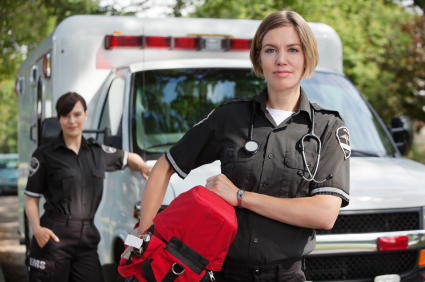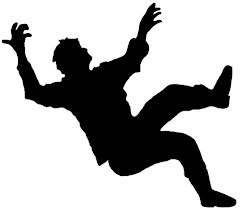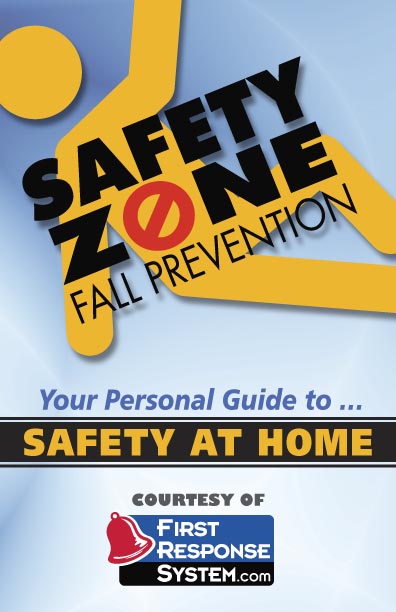Effective treatment of a hip fracture induced by a critical fall accident often involves a combination of surgery, rehabilitation, medication and at-home emergency medical monitoring.
SURGERY
The specific location of the fracture in the bone, the severity of the fracture and the age of the older adult are the determining factors to identify the type of surgical procedure an individual needs after a critical fall accident:
Repair with Hardware: surgeons might insert metal screws into the bone to hold it together while the fracture heals itself. screws are attached to a metal plate that runs down and alongside the femur. Or, a rod is inserted (known as a nail) into the marrow part of the thigh bone. A screw passes through the upper part of the rod, through the femoral neck and then into the the ball-portion of the hip joint.
Replace Part of the Femur: Known as a “partial hip replacement”, the surgeon may remove the head and neck of the femur to then install a metal replacement (called a prosthesis). This procedure is performed in the event the ends of the broken bone are not properly aligning or they have been damaged in some way.
Replace the Entire Hip Joint: A “total hip replacement” involves replacing the upper femur and the socket in the pelvic bone with artificial parts called a “prostheses”. A total hip replacement is a viable option if arthritis and/or a prior injury or chronic ailment has damaged the joint thereby affecting its function prior to the fracture.
To note, if the blood supply to the ball-part of the hip joint is damaged by a hip fracture, the bone is less likely to heal properly. This condition occurs most often in elderly or older adults who have femoral neck fractures. Surgeons may recommend partial or total hip replacement in these cases or conditions.









 What should you do when you experience a sudden
What should you do when you experience a sudden 



 “I am very uneasy and have had many falls after my surgery. Ordering the First Response system was easy and I even set it up myself. I have had to use my alert button a few times so far. My daughter has even been contacted after I had taken a few falls. My First Response system has worked great each time I’ve needed it!”
“I am very uneasy and have had many falls after my surgery. Ordering the First Response system was easy and I even set it up myself. I have had to use my alert button a few times so far. My daughter has even been contacted after I had taken a few falls. My First Response system has worked great each time I’ve needed it!”